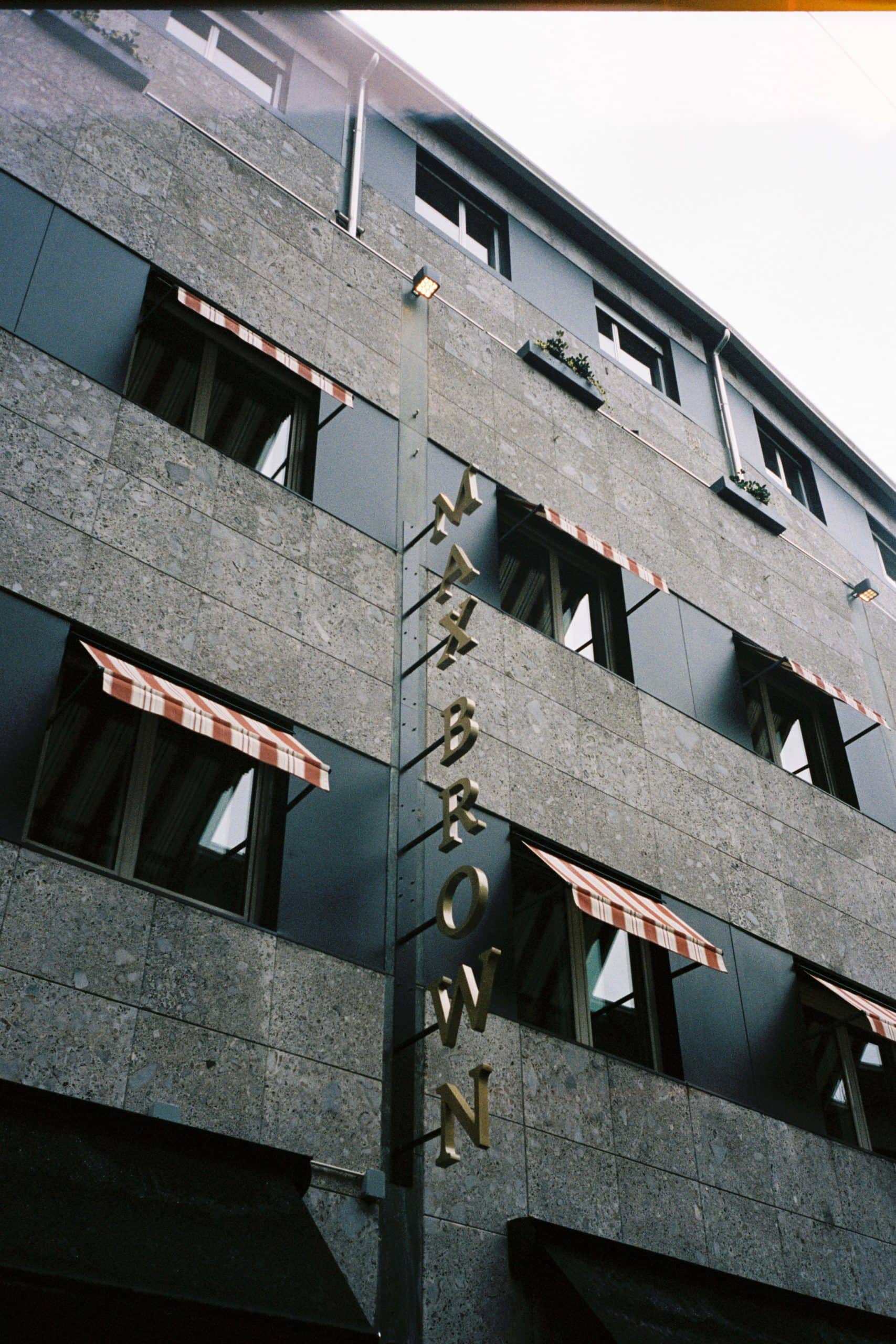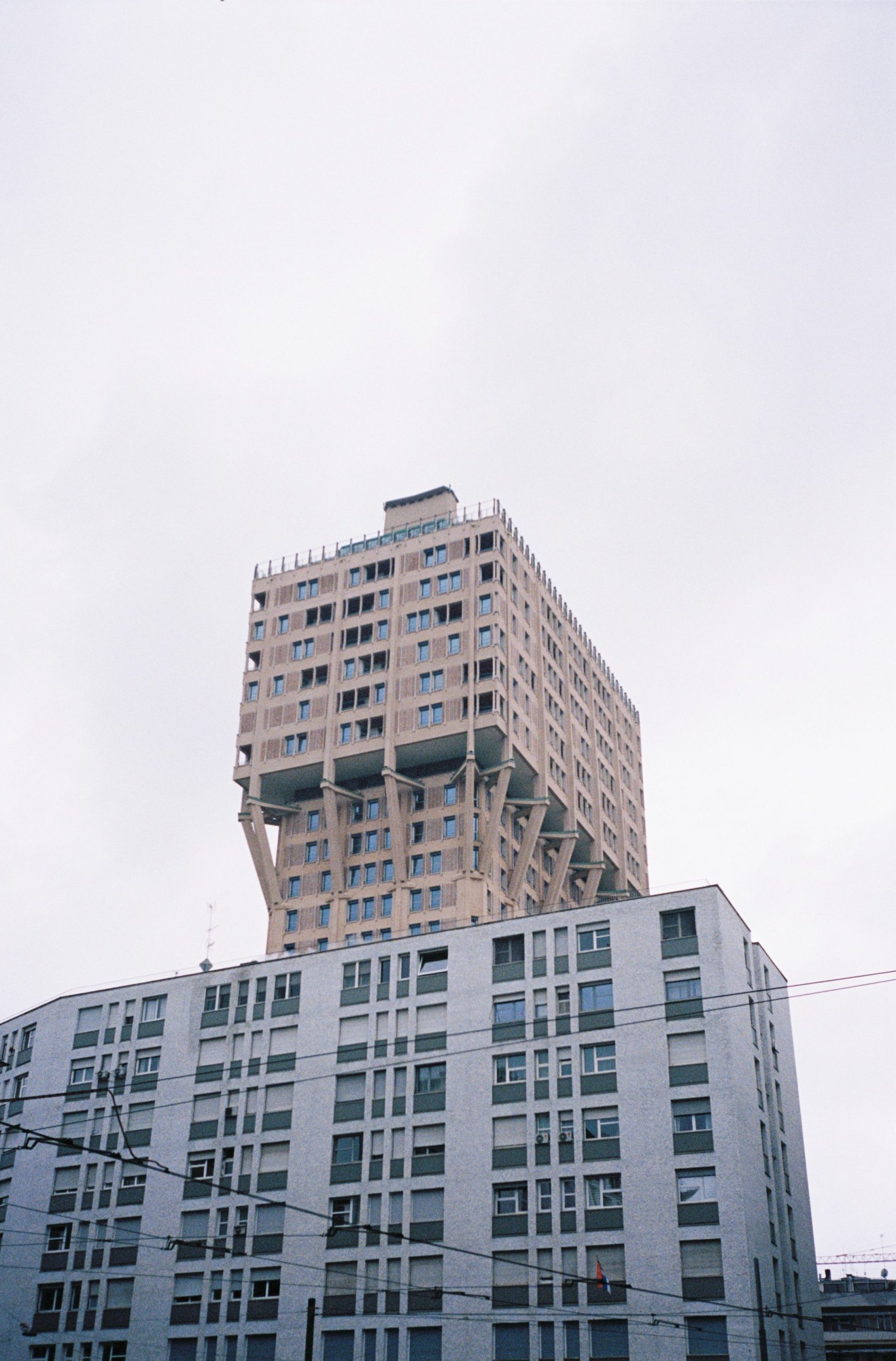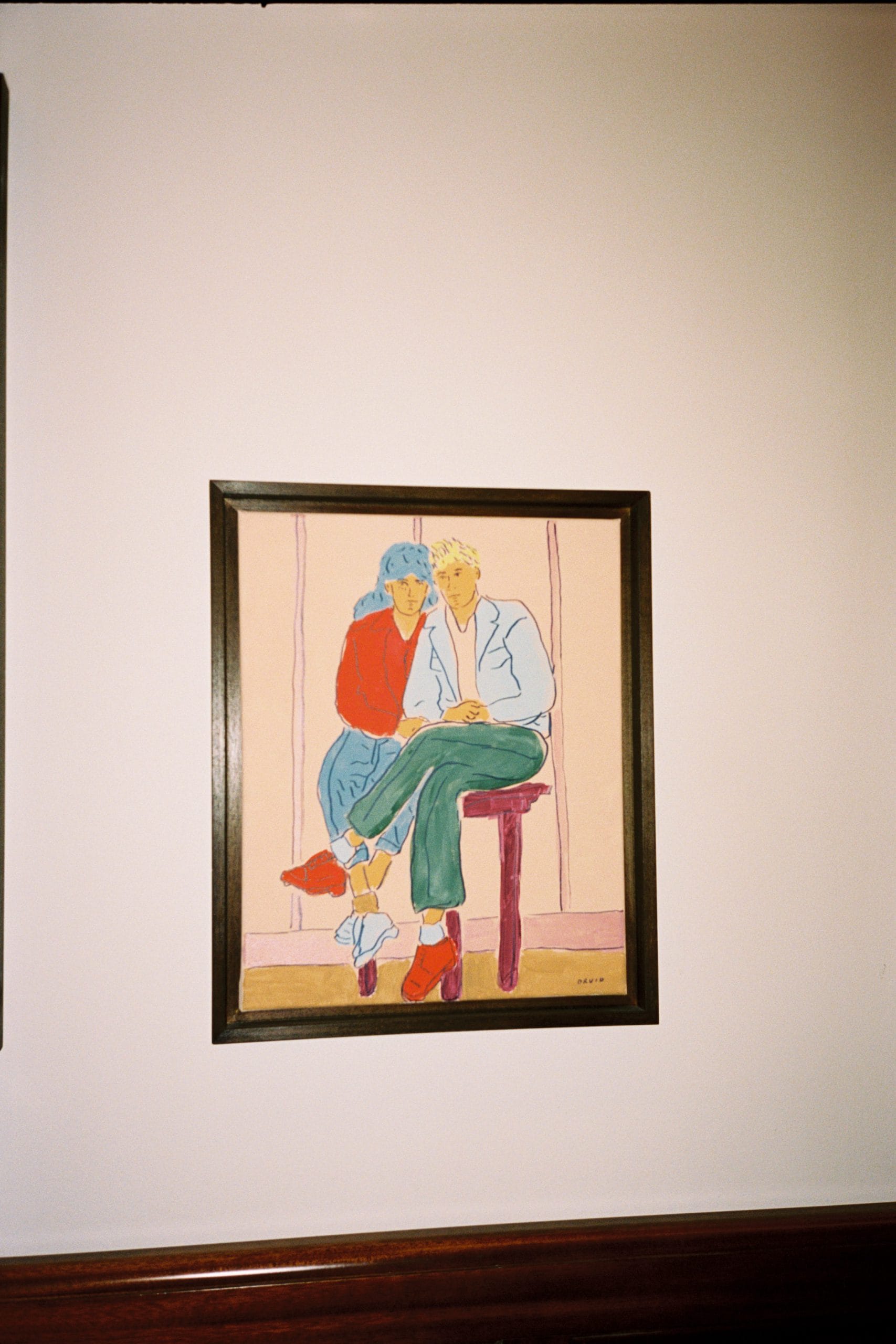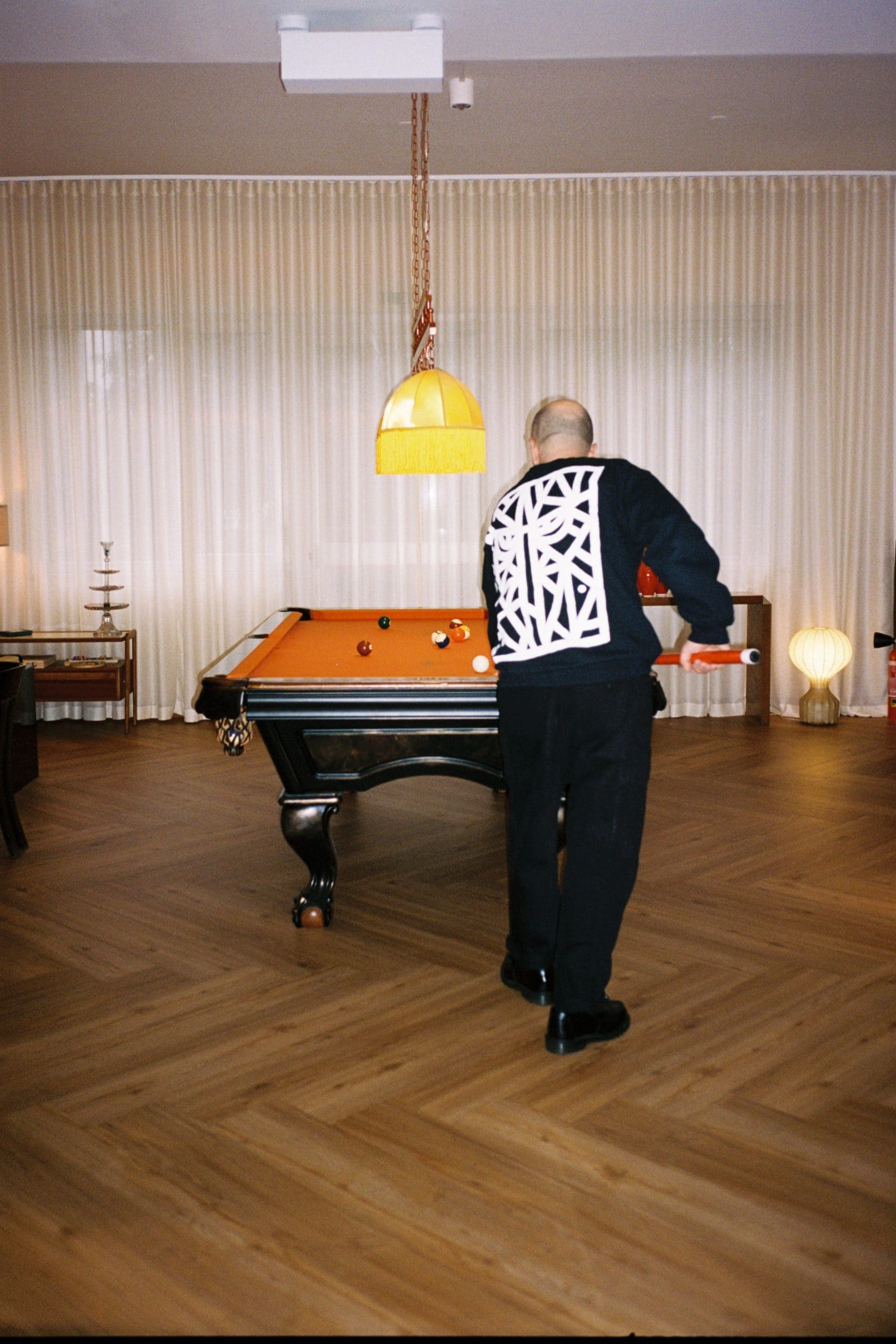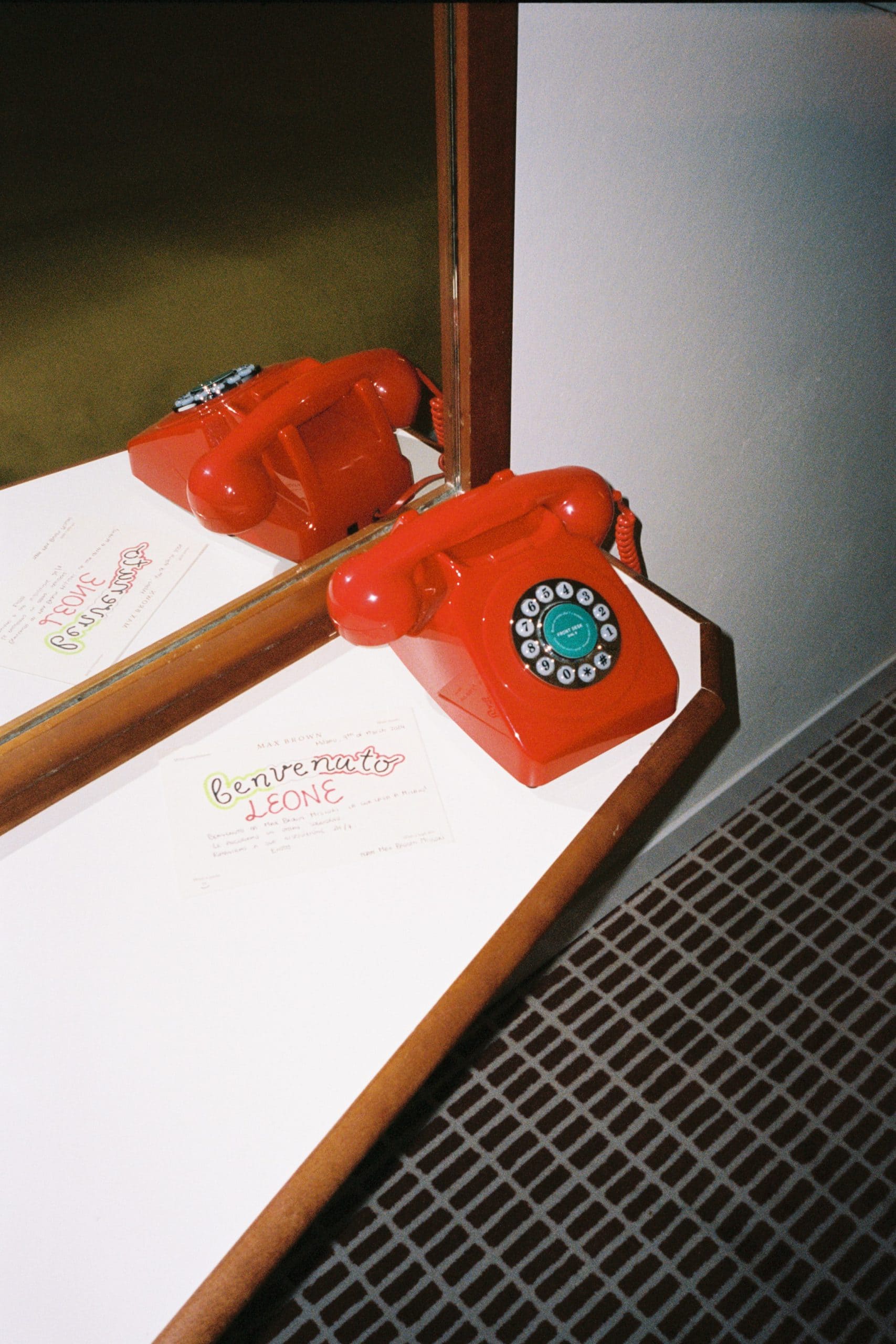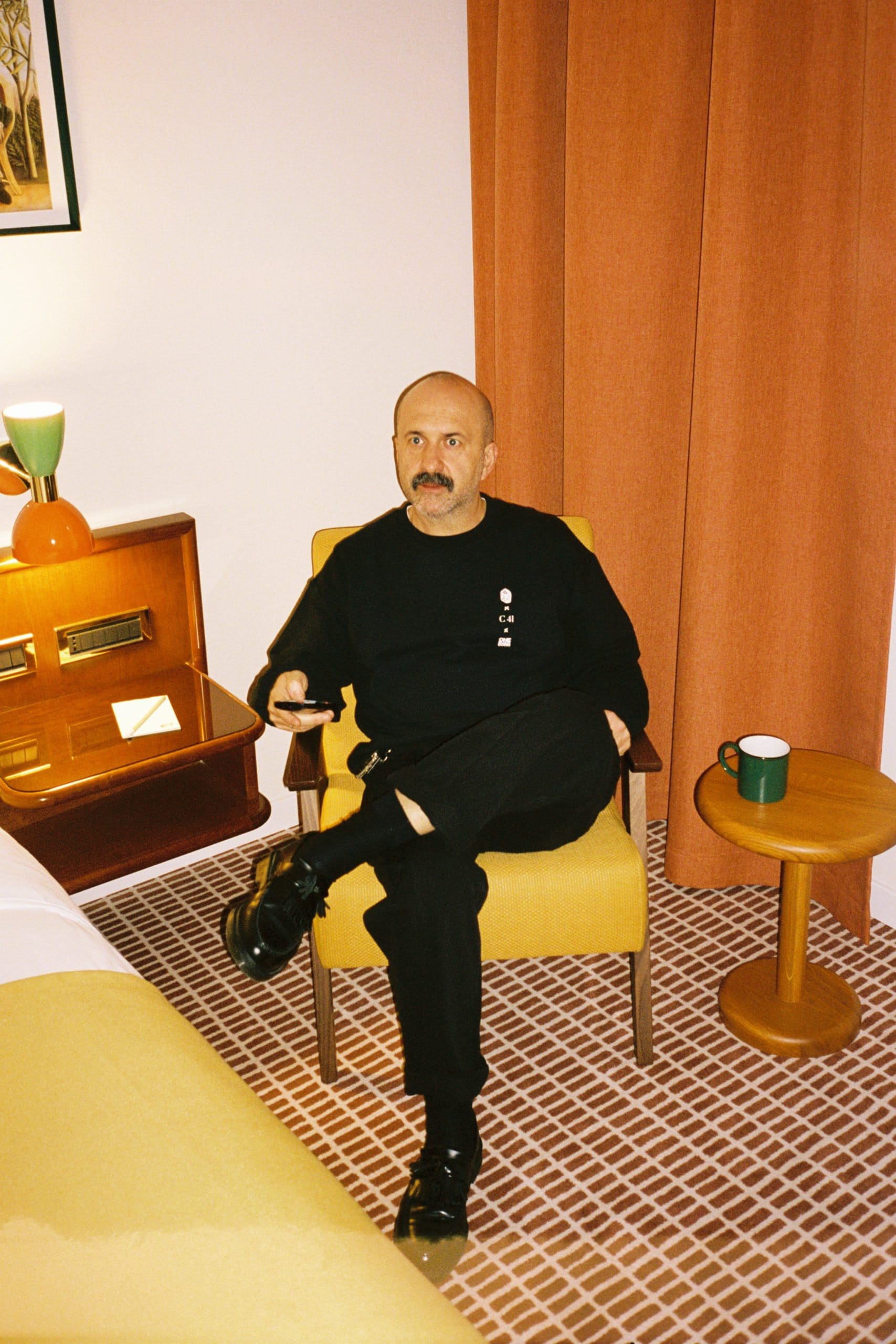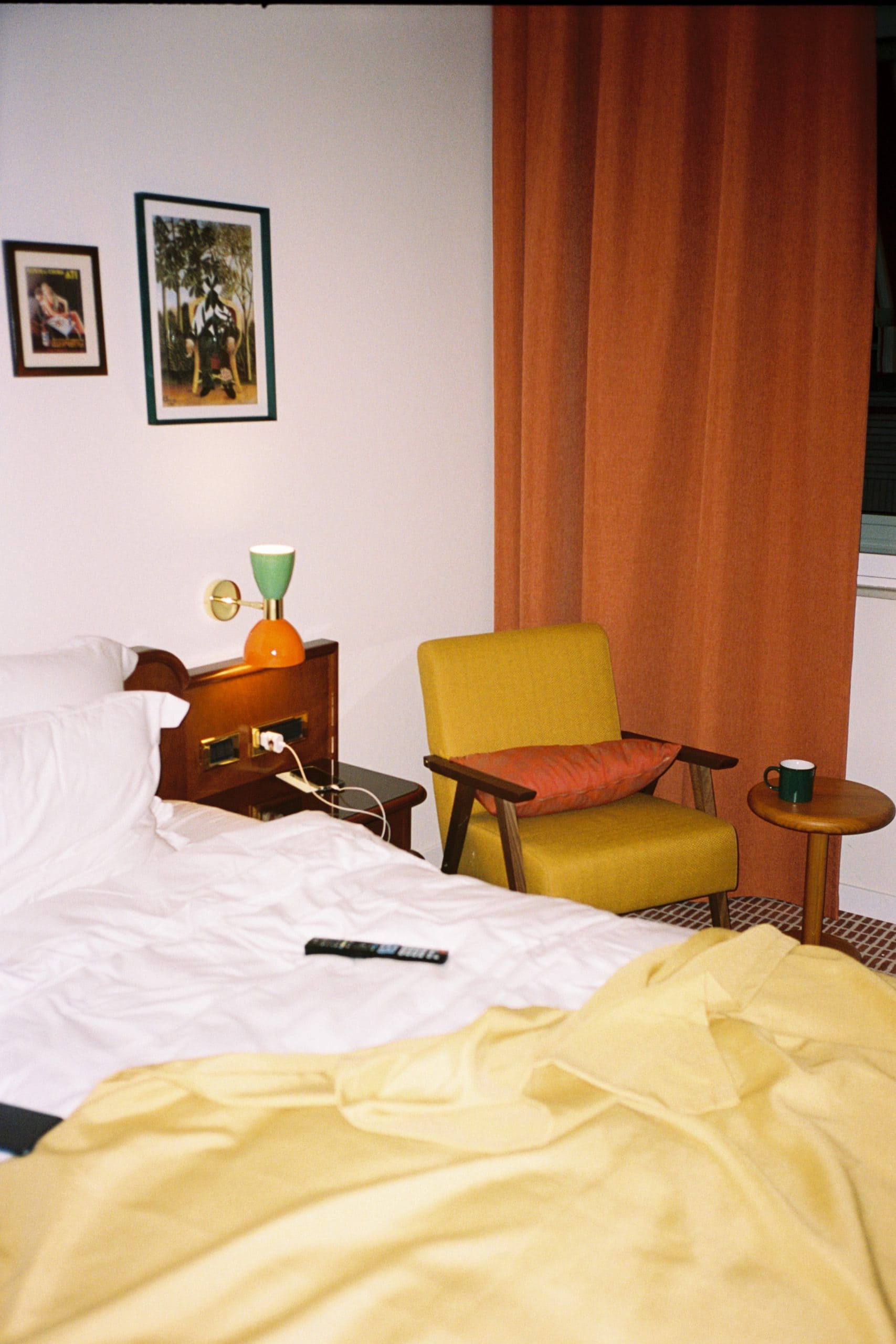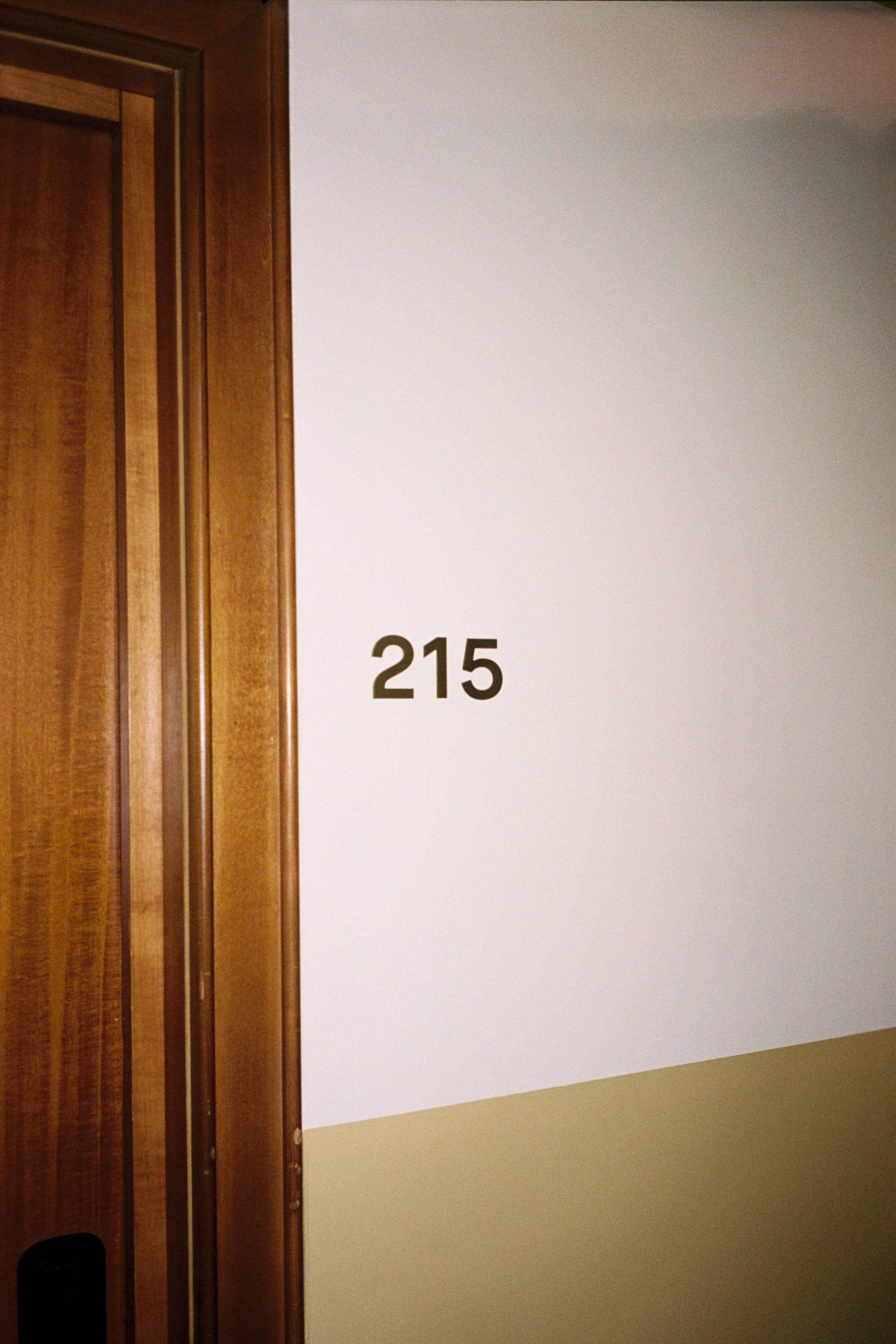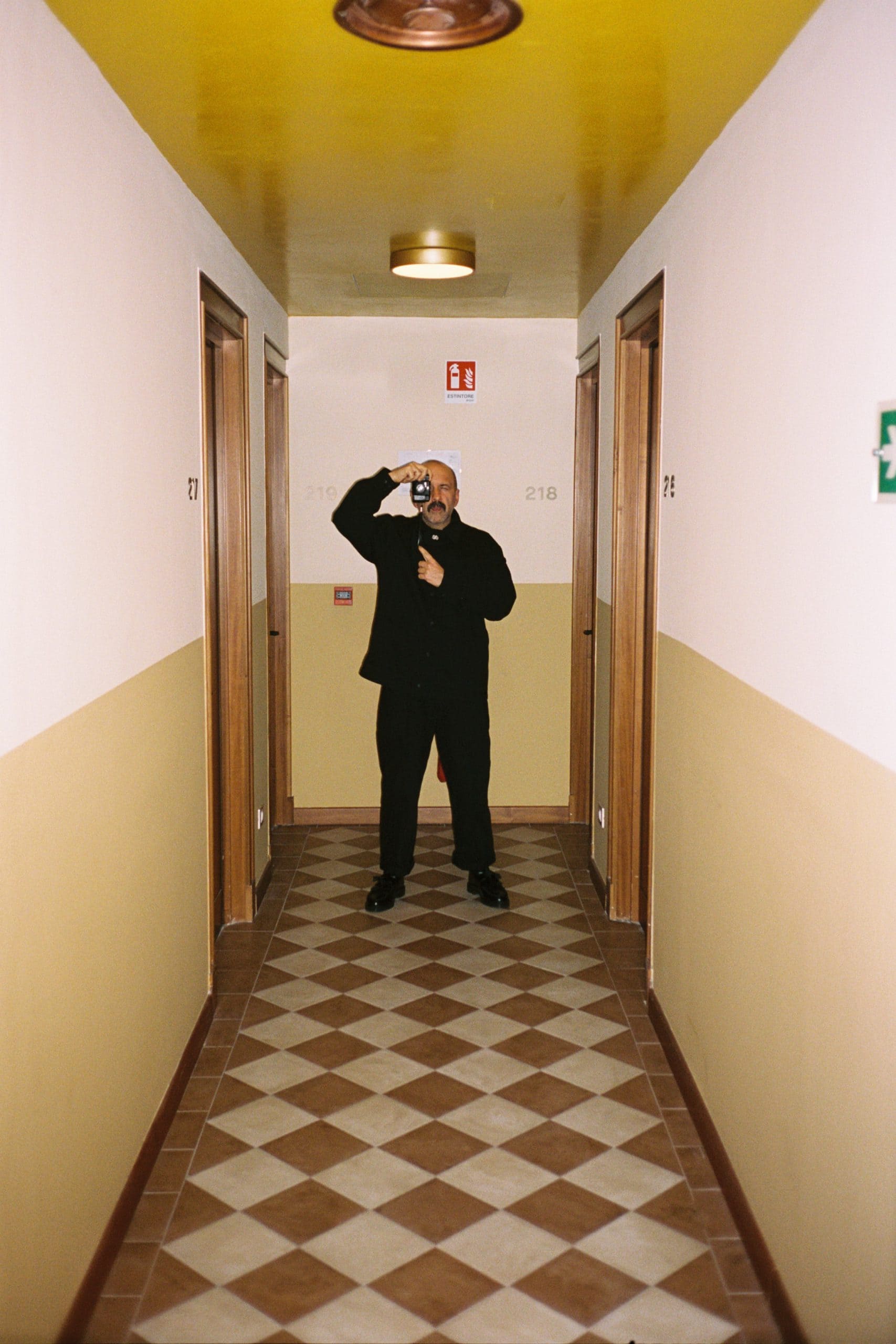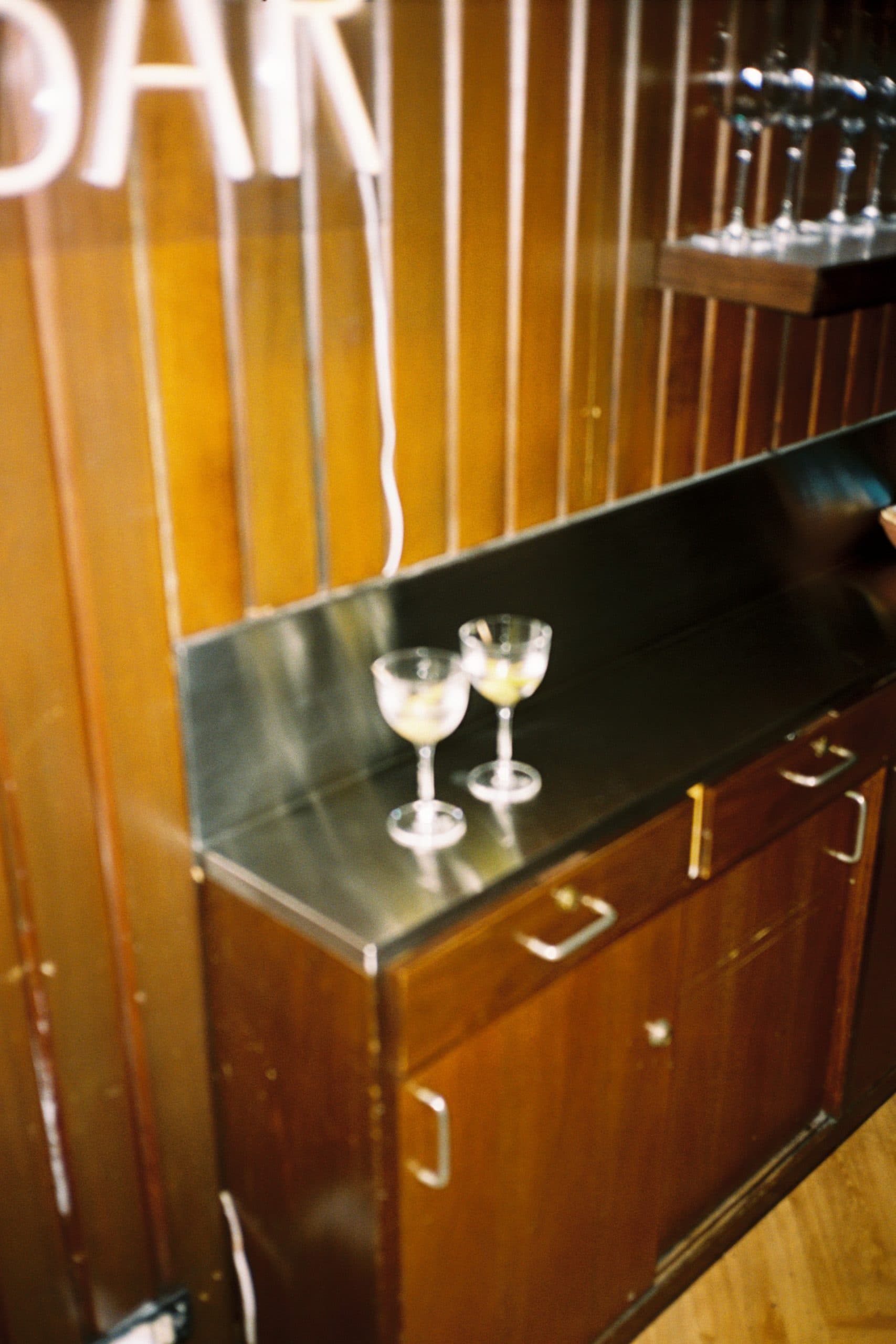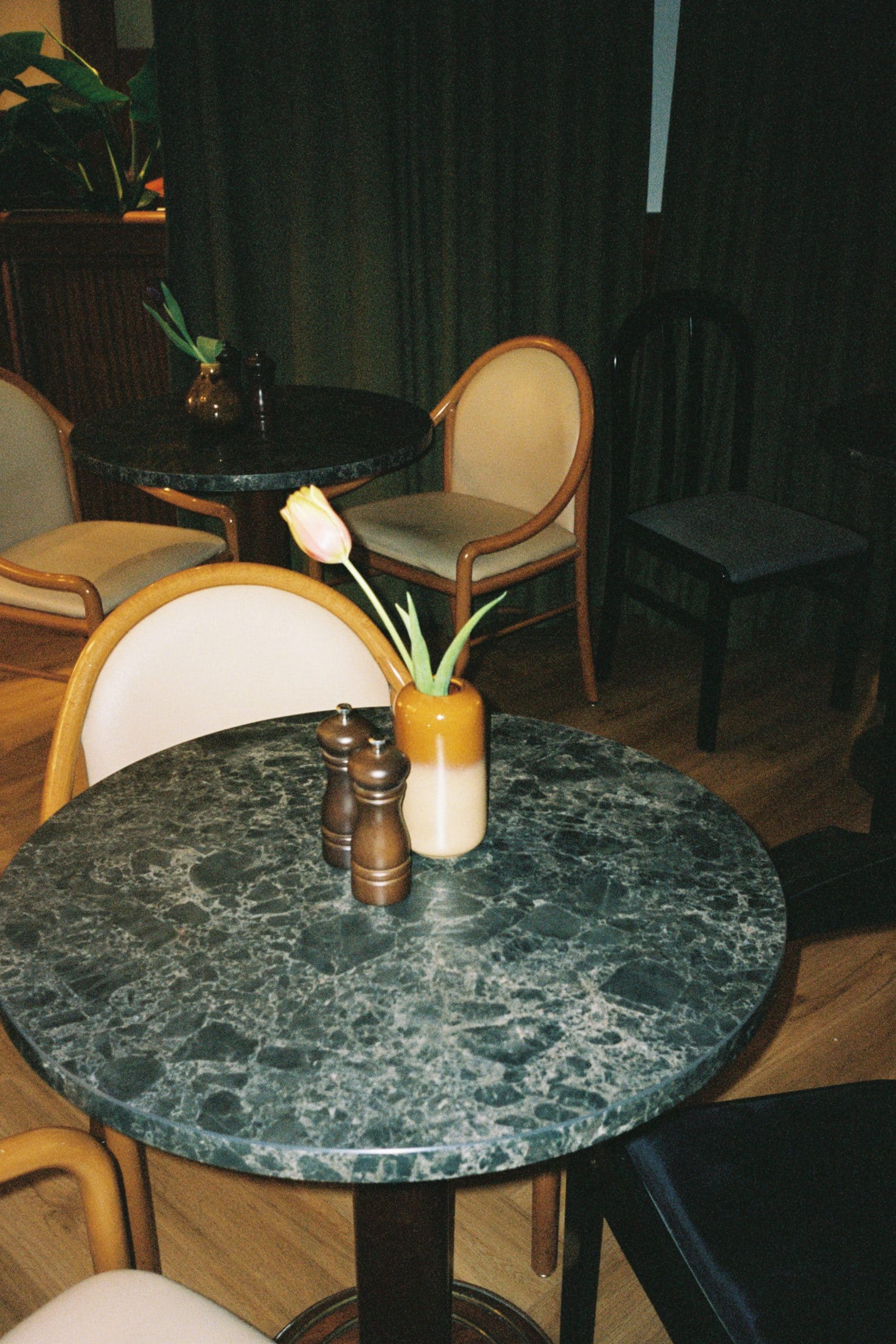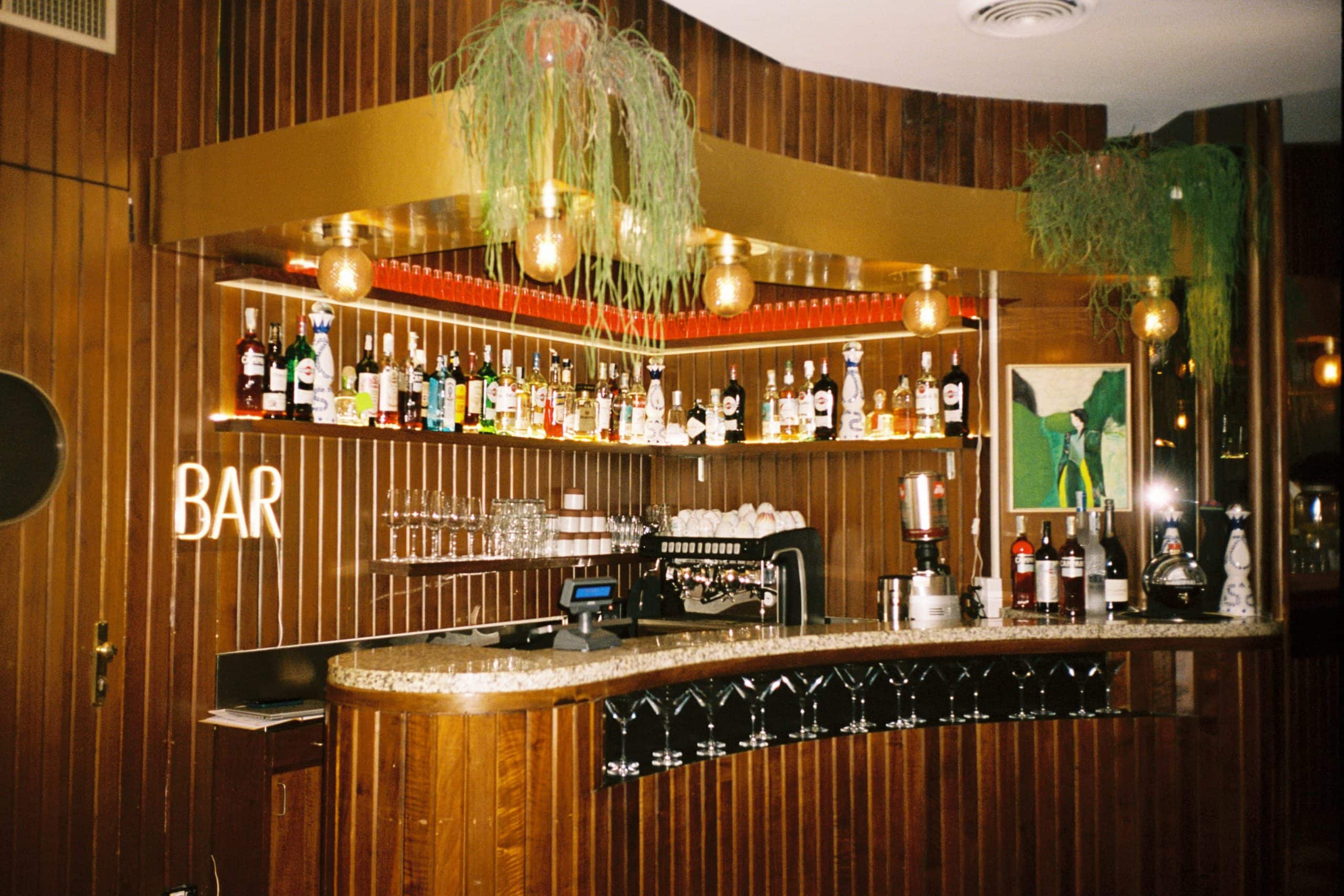Vintage modernism and contemporary design elements, alongside events and modern art exhibitions. The collaborative efforts of Max Brown Hotels, Sircle Collection, and designer Saar Zafrir culminate in a hotel dedicated to providing a rich cultural experience for its guests. In its relentless evolution, Milan continues to enhance significant buildings and, through culture, art, and design, manages to offset its many flaws, offering both residents and visitors the chance to get closer to the works of great masters such as Achille Castiglioni, Gio Ponti, Lucio Fontana, Gaetano Pesce, and Vico Magistretti. This spirit led to the transformation of the new Max Brown Missori Hotel as part of Max Brown Hotels’ expansion in Italy. Located on Via Lentasio, the hotel’s name pays homage to the historic Missori district, a short walk from the Duomo. The area is well-known for the presence of boutiques, old jewellers, cafés, and historical buildings like the Church of San Babila, San Bernardino alle Ossa and especially Torre Velasca. Designed by the BBPR architectural and engineering group, consisting of Gian Luigi Banfi, Lodovico Barbiano di Belgiojoso, Enrico Peressutti, and Ernesto Nathan Rogers, the Torre Velasca was the subject of much controversy at the time of its construction. There were divided opinions on the appropriateness of introducing such a modern and distinctive building into the historical context. However, over the years, it has become one of Milan’s symbols, a significant example of Italian brutalism and the city’s post-war reconstruction. In short, this is one of those districts where wandering the streets can unveil a substantial part of Milan’s rich cultural heritage.
The structure of an old Milanese hotel has become, thanks to an elegant restyling, a boutique of 64 rooms, all designed in great detail to offer a timeless experience of charm, comfort, and aesthetic sensitivity. Indeed, by focusing on decor, sociability, and local identity, Max Brown Hotels realises the concept of “city living” in each of its establishments, including the first “Max Brown Canal District” in Amsterdam, in a historic canal house dating back over 300 years.
Great attention to design characterises every space of the hotel, with the highest quality details curated by designer Saar Zafrir and the Sircle Collection team to create a dialogue between different areas, both private and communal. The use of retro patterns, natural materials like wood and stone, and warm shades of chestnut brown and orange not only contribute to the aesthetics of the place but also create a conceptual balance between vintage charm and contemporary design, with a clear inspiration from the ‘70s design. “All rooms are designed to provide a harmonious blend of comfort and playful aesthetics at an exceptional value. The interior has undergone a stylish refurbishment with a touch of ‘70s-inspired design, incorporating handpicked vintage items”, says Andrea Piantanida, Cluster General Manager of Max Brown Missori, to whom we addressed some questions about the project.
Sustainability guides the renovation process, maintaining the building’s authentic character.
Much of the original furniture has been preserved, and items not incorporated
into the new design have been donated to local charitable organisations such as Casa della Speranza – emphasising the project’s commitment to sustainability and community support.
The seamless integration of the ‘Togo’ sofa, an iconic creation by Michel Ducaroy from 1973, next to a vintage billiard table and a select assortment of sought-after coffee table books, perfectly illustrates this. Moreover, the refurbished bar, reception desk, gilded lamps in the lobby, wooden chairs, headboards, and bedside tables are still preserved in their original state and, together with other elements, enrich the ambience. Modernity, on the other hand, is expressed through the bed frames, made of recycled plastic and created specifically for the Hotel, Crosley record players, vibrant pops of colour, a hotel shop with fun Max Brown merch and local products, Smeg appliances, retro phones, and board games into the design.
The balance between spaces and two different aesthetics – modern and contemporary – has been challenging to achieve. The result is a playful and welcoming atmosphere, which fully reflects the identity of Max Brown Hotels. The team underlines, “Thorough research, planning, and collaboration among designers, architects, and stakeholders are crucial. Now, spaces are adeptly merging the allure of historical charm with the conveniences of modern comfort.”
An aesthetic sensibility that the hotel has decided to emphasise by dedicating a space in the hotel to events and temporary exhibitions to highlight local artists and create unique experiences. The atrium is the chosen space for these initiatives, which allow guests to experience the city as a real local and discover the Milanese creative scene. On the occasion of the opening, works by Emanuele Napolitano, Rossano Liberatore, and Enrico Nagel were presented. The team shares, “For this current art exhibition, we have collaborated with the young and promising Italy-based artist residency, Palazzo Monti, founded by Eduardo Monti. They have handpicked works by local artists for us, which we are displaying on the ground floor.” Located in the heart of Brescia, the institution, established in 2017, also encompasses an exhibition space and a private collection within a 13th-century palace adorned with frescoes from 1750. This selection includes works by young artists such as Carlos Casuso, Jean Francois Le Minh, Linda Carrara, Ricardo Partida and Sinead Breslin. In addition, there is a collaboration with the international art agency Artiq, which has curated works by various artists for the rooms.
In April, the currently exhibited works will give way to those of six Italian artists selected for an exhibition organised by Der Greif, a prominent organisation for contemporary photography founded in 2008 and rooted in crowd-sourcing. Greta Valente, Paolo Prendin, Claudia Fuggetti, Rosa Lacavalla, Alex Valentina, and Alessio Pellicoro were chosen by the Der Greif community for their ability to express concepts of vitality, playfulness, sophistication, and intensity through their works. Focusing on naturalistic themes and employing vivid colours, they aim to integrate with the aesthetics and tones of the hotel’s ground floor interior design.
This approach perfectly aligns to transform the space into a lively and welcoming environment dedicated to social interaction besides hôtellerie, where design and art become the mediums of the entire experience, the lens through which to understand, a fundamental part of the spirit of a city. Moreover, this effort reflects the essence of Milan, a city that remains a destination for creatives from Italy and around the world, offering art and design professionals the opportunity to express themselves and make their passion their profession.
